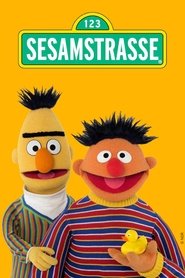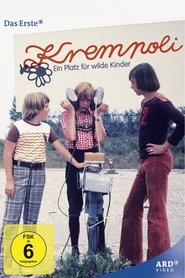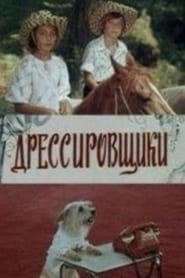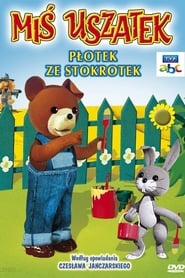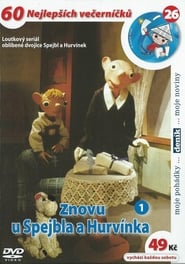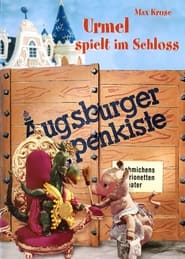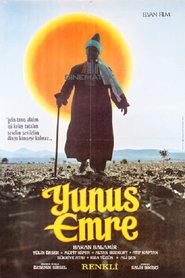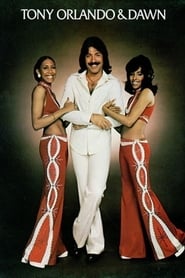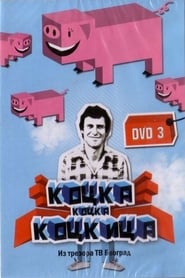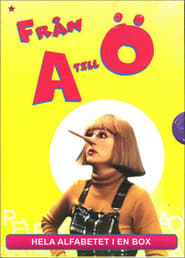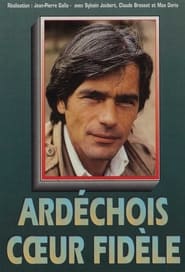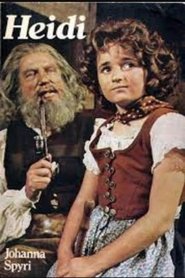New Family TV Series on Pantaflix - Page 417
-
Sesamstraße
1975
Sesamstraße
1975
star 5.3Sesamstraße is the German-language version of Sesame Street, a children's television series. It airs primarily in Germany and the surrounding German-speaking countries. The show premièred on 8 January 1973, Sesamstraße has been running on Norddeutscher Rundfunk since 1973; it's now in its 40th season. Sesamstraße is also broadcast on Das Erste and KiKa. -
Jo Gaillard
1975
Jo Gaillard
1975
-
Krempoli - A Place For Wild Children
1975
star 9A funny story about the group of children from Munich who are trying to build a Luna-park. -
Trainers
1975
Trainers
1975
-
Summer with Kate
1975
-
Boule et Bill
1975
-
Teddy Drop Ear
1975
Teddy Drop Ear
1975
star 7.5Miś Uszatek and his friends - Prosiaczek, Króliczki and Zajączek, as well as Kruczek the Puppy - were loved by pre-teen kids. At the same time, Uszatek, a teddy bear, played the role of a friend from kindergarten. He was also liked by parents, as he would always go to bed at appropriate hour, singing the goodnight song: Altogether, Se-ma-for created 104 episodes of the cartoon; the last one was made in 1987. In the 1960s, two theatrical movies about the friendly bear were made. Also, in the fall of 2007, the Se-ma-for studio announced that it was planning to make more episodes, but later these plans changed in favor of a possible full-length movie, to be created with help from the Japanese company Eden Entertainment. As of 2008, Mis Uszatek airs on Polish TV every Thursday. -
Urmel spielt im Schloss
1974
Urmel plays in the castle - There is still a rumor in King Pumponell's kingdom that talking animals and Urmel live on a lonely, remote island. Museum and zoo director Dr. Zwengelmann will not rest until he has seen with his own eyes what he considers to be pure "fantasy". His niece Naftaline, who is keen to write a big report for her newspaper, also wants to know more about this mysterious island, the talking pig Wutz and the sensational Urmel. But if people found out about the talking animals from the newspaper, the island would soon be visited by many curious people. This must be prevented. Meanwhile, Urmel and Wutz hide out in King Pumponell's castle. -
Yunus Emre
1974
-
Tony Orlando and Dawn
1974
star 3.5CBS gave the group a television variety show (entitled Tony Orlando and Dawn) from the summer of 1974, after The Sonny and Cher Comedy Hour ended its run, until December 1976. The show was in the same vein as its predecessor (with sketches featuring sarcastic back-and-forth banter between Orlando, Hopkins and Vincent, similar to the sarcastic dialogue between Sonny and Cher) and became a Top 20 hit. They are most famous for "Tie a Yellow Ribbon" & "Knock Three Times"! -
Rulle på Rullseröd
1974
Rulle på Rullseröd
1974
Rulle lives on a farm in Bohuslän with his parents, his sister, grandmother and grandfather. During the course of the series, Rulle gets to learn how to bake and make Christmas candles. -
Kocka, kocka, kockica
1974
Branko Milicevic, known as "Kockica" (Little Cube) teaches and talks with young children on various life topics in an educational and interesting way. -
Die lieben Haustiere
1974
Die lieben Haustiere
1974
-
Från A till Ö
1974
Från A till Ö
1974
star 8.8Hedvig lives in a trailer in the woods and has a nose for learning new words. Helping her is Helge, an owl who lives on her roof. -
Ardéchois, cœur fidèle
1974
star 7.2In 1822, Toussaint Rouveyre, a former captain in Napoleon's army, returned to his village in the Ardèche after the defeat at Waterloo and a seven-year stay in America. There, he reunited with his family, persecuted by the Restoration regime. In order for his father to give him his share of the inheritance in advance of his permanent move to America, he needs the consent of his younger brother Antoine, a carpenter who is on the Compagnons' Tour de France. When Toussaint learns that his brother, a member of the Compagnons du Devoir (Devoirants) association, has been killed by a companion from the rival association, the Compagnons du Devoir de Liberté (Gavots), he is determined to find the murderer, a certain Tourangeau Sans-Quartier, and avenge his brother. To find this man, he joins the Compagnons du Devoir de Liberté incognito. -
Heidi
1974
Heidi
1974
Orphaned Heidi lives with her reclusive grandfather in the Swiss Alps, where she befriends goatherd Peter. She eventually moves to the city, where she's taken to be a companion to a sickly girl named Clara.
 Netflix
Netflix
 Amazon Prime Video
Amazon Prime Video
 Apple iTunes
Apple iTunes
 Apple TV Plus
Apple TV Plus
 Disney Plus
Disney Plus
 Google Play Movies
Google Play Movies
 Paramount Plus
Paramount Plus
 Hulu
Hulu
 HBO Max
HBO Max
 YouTube
YouTube
 fuboTV
fuboTV
 Peacock
Peacock
 Peacock Premium
Peacock Premium
 Amazon Video
Amazon Video
 The Roku Channel
The Roku Channel
 AMC+
AMC+
 Kocowa
Kocowa
 Hoopla
Hoopla
 The CW
The CW
 Vudu
Vudu
 Starz
Starz
 Showtime
Showtime
 PBS
PBS
 Pantaflix
Pantaflix
 FXNow
FXNow
 Tubi TV
Tubi TV
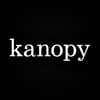 Kanopy
Kanopy
 Comedy Central
Comedy Central
 Crunchyroll
Crunchyroll
 Microsoft Store
Microsoft Store
 Redbox
Redbox
 Sun Nxt
Sun Nxt
 ABC
ABC
 DIRECTV
DIRECTV
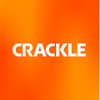 Crackle
Crackle
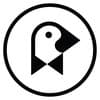 Fandor
Fandor
 Plex
Plex
